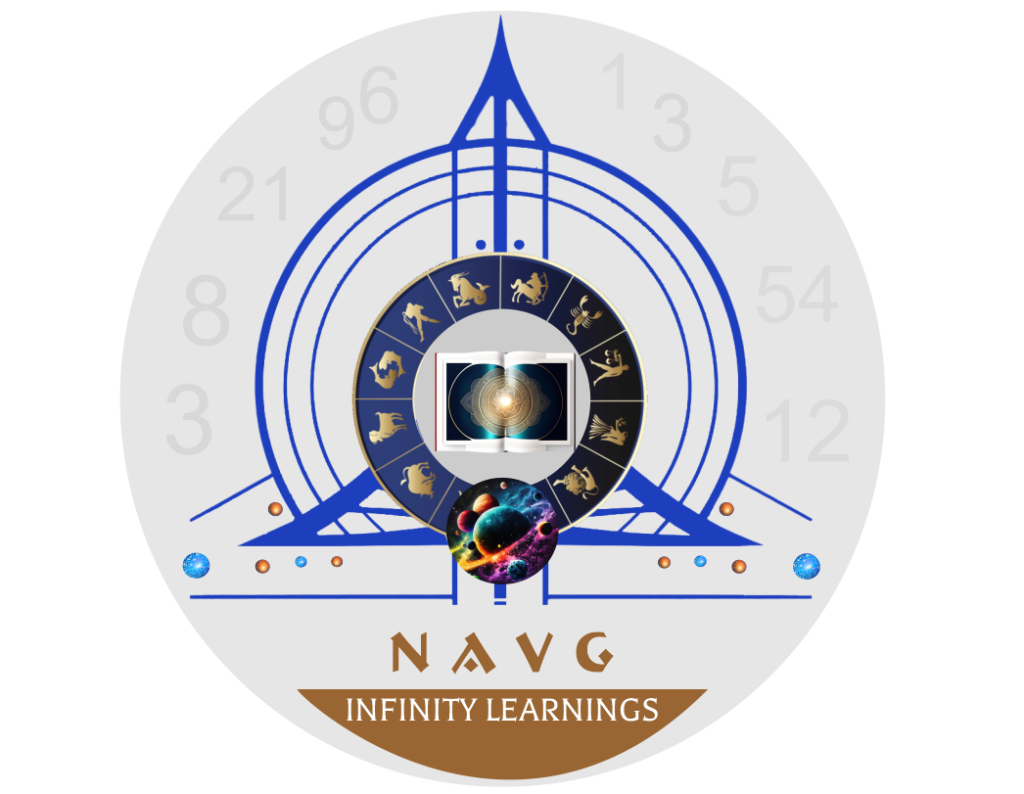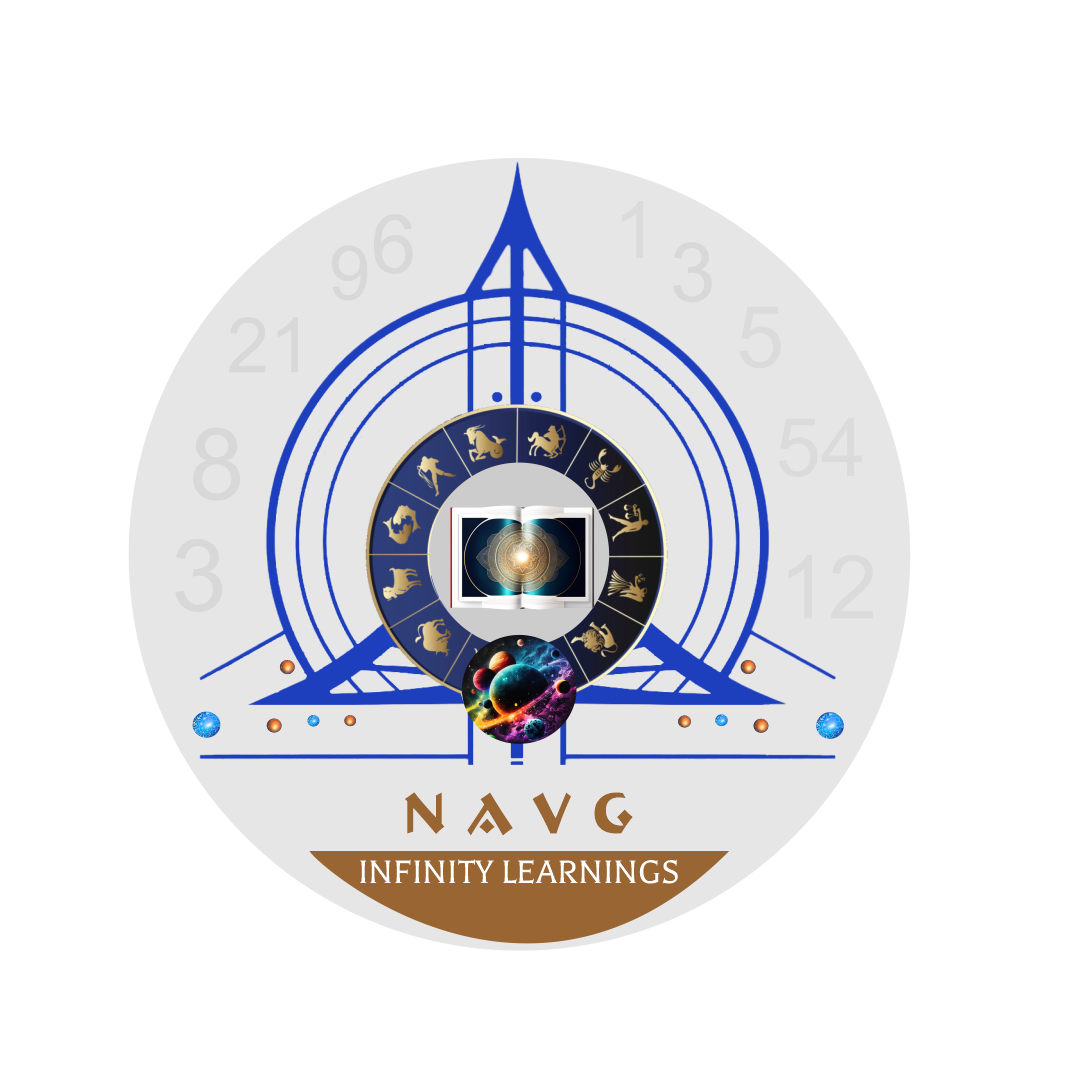Sankhya Shastra, one of the six classical schools of Hindu philosophy, holds a central role in Vedic studies due to its profound insights into the nature of reality and the human experience. Rooted in ancient Indian wisdom, this philosophical system is a key component in understanding not only the cosmos but also the mind, consciousness, and the path to liberation (Moksha).
What is Sankhya Shastra?
Sankhya Shastra, often attributed to Sage Kapila, is a dualistic philosophy that classifies reality into two fundamental principles: Purusha (consciousness) and Prakriti (matter). It is considered one of the oldest systems of thought within the Vedic tradition. Unlike some other schools of philosophy that focus on monism, Sankhya posits that liberation (Moksha) can only be achieved when the individual soul, Purusha, realizes its distinctness from Prakriti, the material world. Many who pursue an astrology degree also explore Sankhya’s teachings as part of understanding the cosmos and spiritual liberation.
The Role of Sankhya Shastra in Vedic Studies
- Foundation of Vedantic Thought: Sankhya provides a framework for the later development of Vedanta, especially in its understanding of the self and the universe. The Vedantic idea of the non-dual Brahman (absolute reality) was influenced by Sankhya’s distinction between Purusha and Prakriti. This dualism allows for a nuanced exploration of consciousness and materiality, serving as a precursor to Vedanta’s concept of unity and diversity.
- Philosophical Depth: Sankhya philosophy offers a comprehensive explanation of the cosmos. It breaks down the universe into twenty-five principles (Tattvas), from the highest Purusha to the lowest forms of matter, helping to elucidate the creation, sustenance, and dissolution of the universe. This categorization is significant in understanding the metaphysical and physical aspects of reality.
- Psychological Insights: Sankhya also plays an integral role in the study of psychology within Vedic texts. It emphasizes the interaction between mind, senses, and consciousness, providing deep insights into human cognition, emotions, and perception. The theory of the mind in Sankhya aligns closely with modern psychological thought, suggesting that understanding the nature of the mind and consciousness is essential for personal growth and enlightenment.
- Path to Liberation: One of the core teachings of Sankhya is the pursuit of liberation through self-realization. By distinguishing Purusha from Prakriti, Sankhya suggests that the human soul must awaken to its true nature—beyond the distractions of the material world. This understanding of liberation resonates deeply with the meditative and introspective practices described in other Vedic disciplines, such as Yoga and Vedanta.
- Yoga and Sankhya: The connection between Sankhya and Yoga is also significant. The Yoga Sutras of Patanjali are often seen as an elaboration of Sankhya’s principles. Both systems advocate the separation of the true self from the material world, with Yoga offering practical tools for meditation, self-awareness, and concentration. Sankhya serves as a theoretical foundation for the practical applications found in Yoga, making it crucial for anyone delving into Vedic spiritual practices.
- Scientific Influence: While Sankhya is a philosophical system, its categorization of the universe can also be seen as a precursor to modern scientific thought. The distinction between matter and consciousness, along with its detailed breakdown of the elements and processes of creation, provides an early attempt to understand the workings of the universe in a systematic manner. This has led some scholars to draw parallels between Sankhya’s cosmology and contemporary scientific models, particularly in fields such as physics and cosmology.
- Ethical Implications: Sankhya philosophy also addresses ethics, offering a guide to living a life in alignment with the natural laws of the universe. By understanding the distinction between Purusha and Prakriti, individuals can transcend their attachments to the material world and engage in actions that promote the well-being of both themselves and the greater cosmos. This ethical framework ties into the broader Vedic understanding of Dharma (righteous duty) and Karma (action).
Sankhya and Modern Interpretations
In the modern era, Sankhya continues to be studied not just by scholars of Vedic philosophy and Vedic astrology but also by those interested in psychology, metaphysics, and even science. Its principles are often used to support spiritual practices, meditation, and mindfulness techniques. As the world increasingly seeks to understand consciousness, Sankhya’s dualistic approach offers a valuable model for exploring the nature of existence and awareness. Many contemporary spiritual teachers and philosophers have incorporated Sankhya’s teachings into their practices, seeing it as a tool for personal and spiritual growth. Its influence can also be seen in modern meditation practices, where the distinction between the self and the material world is often a focal point for achieving higher states of consciousness.
Conclusion:
Sankhya Shastra plays a crucial role in Vedic studies by offering valuable insights into the nature of the self, universe, and liberation. Its dualistic approach has greatly influenced other Vedic disciplines like Vedanta and Yoga. For those looking to enhance their understanding of Vedic astrology, vastu shastra courses, and spiritual practices, delving into Sankhya’s teachings remains essential. This timeless knowledge continues to guide seekers on their spiritual path and enrich their learning of the cosmos.


